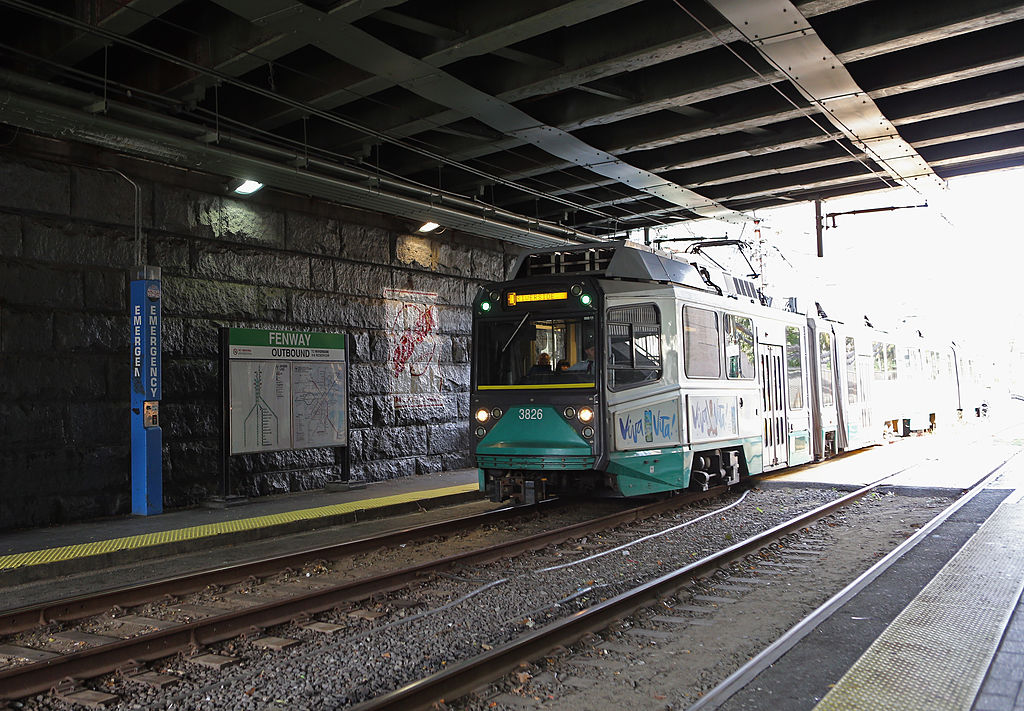THE MBTA’S GREEN Line extension to Somerville and Medford was supposed to cost $2 billion. Now, it’s costing at least $3 billion — but no one really knows how much. It seems that Massachusetts hasn’t learned the lessons of its Big Dig, now finished for nearly a decade. Nor has it learned the lessons of the country’s current Big Dig fiasco: New York City’s East Side Access commuter-rail project, which was supposed to cost $3 billion and is now costing $10.2 billion.
With the Green Line, the T is making the same mistakes the state made starting nearly four decades ago on the Big Dig. That project was supposed to cost $2.6 billion in 1982 — and ended up costing $14.8 billion.
“Why projects cost more is no mystery. The real mystery is why supposedly sophisticated state governments continue to make these mistakes.”
Officials have chosen speed over accuracy. They put out Green Line numbers that, before detailed design and engineering work were done, were merely guesses.
To wit: They’re likely underestimating what it really costs to build in a dense urban environment.
The project includes moving Lechmere Station and building two new stations in busy areas. This work will require careful compromise with nearby businesses and residents — and careful planning so that people can continue to get to work while the T builds.
Building a project in an area with respect for the people who already live there always costs more than officials project.
Why? Building carefully and respectfully in a complex environment means building slowly — and on construction projects, time is money. Half of what the state is paying for, after all, will be expensive construction labor. The cost of materials, too, goes up over time.
Why projects cost more is no mystery.
The real mystery is why supposedly sophisticated state governments continue to make these mistakes.
The cost of the Big Dig went up for the same reasons: The state severely underestimated what it really meant to build in Boston. Largely because of that mistake, the project took longer than expected — and those delays cost money.
The state also kept changing its mind about what, exactly, it wanted to build: Did it want a utilitarian bridge over the Charles, or a pretty Zakim Bridge?
But project managers don’t have to look back decades to see how not to build something.
New York State is halfway through bringing a major commuter-rail line, the Long Island Rail Road, to Manhattan’s East Side. (The railroad currently stops on the West Side, but most jobs are on the East Side.)
Back in 1998, the pols said this would cost $3 billion and be done by 2009. Now, it’s costing triple that — and won’t be done till 2022.
Why? The same old reasons.
State officials, under political pressure, rushed to put out cost estimates nearly two decades ago, before they had any idea of the work involved. They severely underestimated the real cost of building in a busy city — keeping Amtrak trains running, for example, while building new tracks and signals around them.
Those mistakes cost time — and, because of high construction-labor costs in New York as well as in Boston, time costs a lot of money.
“There’s no such thing as a cost and schedule “overrun.” There was only an initial underrun way back in the beginning.”
So why do state officials keep doing this?
The have to know that these colossal blunders harm public support of transit projects — when we need these projects.
There is one simple reason: The pols, and their bureaucratic appointees, know that if they are upfront about the true cost of a project, they’ll never get approval for that project.
They release the bad news when it’s too late to do anything about it — that is, as on the Green Line extension, when the state has already awarded contracts.
Remember, then: There’s no such thing as a cost and schedule “overrun.” There was only an initial underrun way back in the beginning.
This piece originally appeared in The Boston Globe
This piece originally appeared in The Boston Globe
